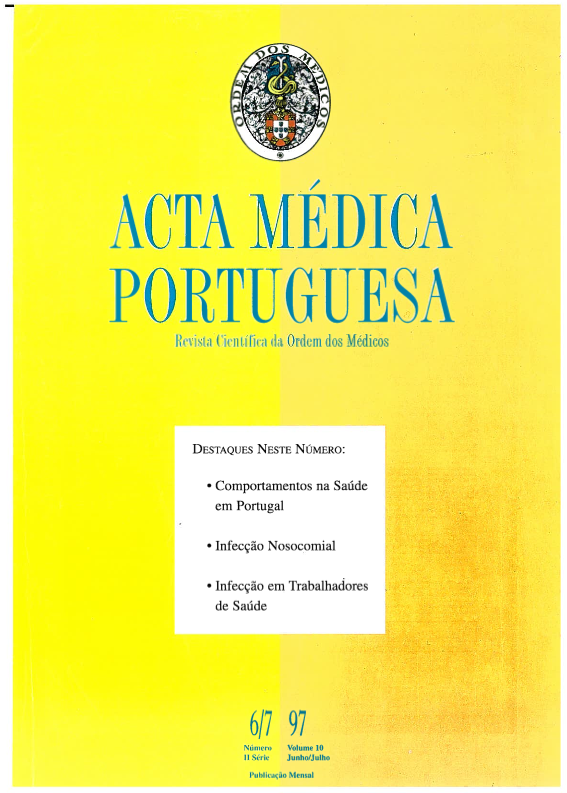Lyell's syndrome in an AIDS patient.
DOI:
https://doi.org/10.20344/amp.2440Abstract
Toxic epidermal necrolysis (TEN), or Lyell's syndrome, is a rare cutaneous reaction, most often drug related with drugs such as sulfonamides, non-steroidal anti-inflammatory drugs, anti-convulsants and allopurinol. It is characterised by extensive mucocutaneous detachment and usually associated with severe constitutional symptoms. The mortality rate is about 20-66%. The incidence of TEN is increasing among HIV-infected patients, mostly those in an advanced stage of the disease. Although the pathophysiology of TEN is still unclear, data have been reported that support different aetiologies: an immune mechanism, an abnormal pattern of drug biotransformation and a modulating genetic susceptibility. The diagnosis of Lyell's syndrome is mainly clinical because the confirmation of the drug involved is more difficult since there are no safe and reliable skin or in vitro tests that are generally available. THe authors report a case of TEN in a patient with AIDS whose clinical characteristics and evolution are a particular example of this pathology and of the related problems of diagnosis and therapeutics. The fact that this patient presented a prior adverse drug reaction (ADR) besides Lyell's syndrome and a later cutaneous hyperreactivity, raised a complex problem: the risk of reintroducing drugs previously withdrawn due to their possible association with ADRs and the absolute need to treat active disorders. In view of the increased risk of severe cutaneous ADRs, namely TEN, in patients with AIDS, the authors point out the need to set up new guidelines concerning both an early and accurate diagnosis and treatment of these situations and the management of subsequent therapeutics.Downloads
Downloads
How to Cite
Issue
Section
License
All the articles published in the AMP are open access and comply with the requirements of funding agencies or academic institutions. The AMP is governed by the terms of the Creative Commons ‘Attribution – Non-Commercial Use - (CC-BY-NC)’ license, regarding the use by third parties.
It is the author’s responsibility to obtain approval for the reproduction of figures, tables, etc. from other publications.
Upon acceptance of an article for publication, the authors will be asked to complete the ICMJE “Copyright Liability and Copyright Sharing Statement “(http://www.actamedicaportuguesa.com/info/AMP-NormasPublicacao.pdf) and the “Declaration of Potential Conflicts of Interest” (http:// www.icmje.org/conflicts-of-interest). An e-mail will be sent to the corresponding author to acknowledge receipt of the manuscript.
After publication, the authors are authorised to make their articles available in repositories of their institutions of origin, as long as they always mention where they were published and according to the Creative Commons license.









